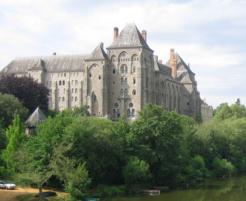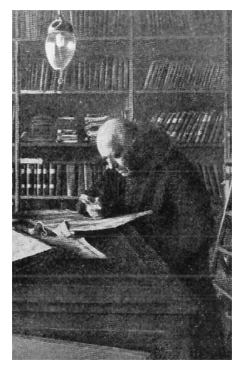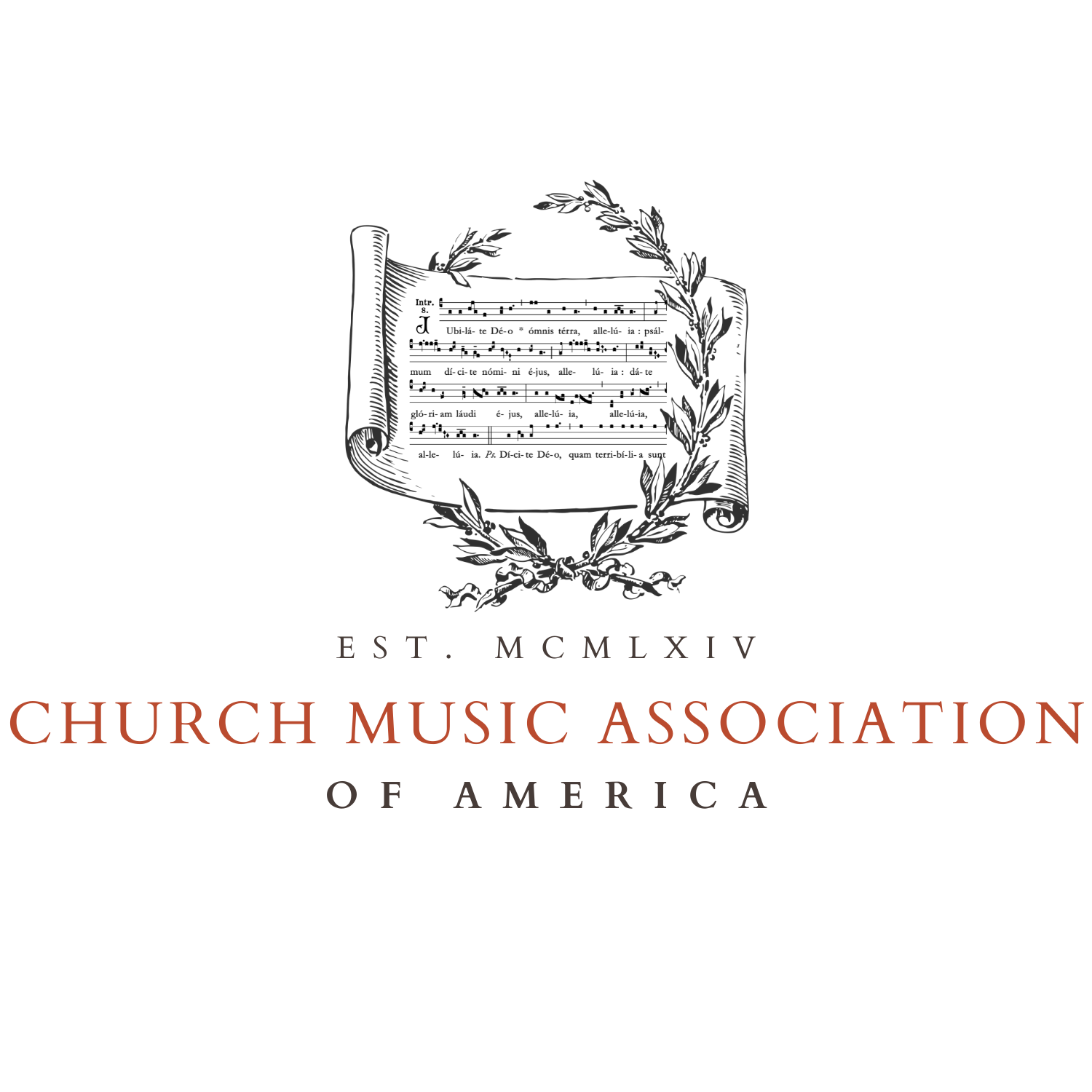
The Fundamental Character of Liturgical Chant: The Right Reverend Dom Joseph Pothier
:: audio :: (mp3)
Song is natural to man, and is already discernible in ordinary speech. Man, in speaking, naturally raises and lowers his voice, thus producing a kind of music: the accentuation of language. ‘Accentus’ = ‘Ad cantus’, that is, a series of inflections of the voice which, without being precisely a song, is something approaching it. ‘Accent is the soul of language’, ‘Accentus anima vocis’. When, in speech, thought takes wings and feelings are heightened, accentuation is intensified as well, bringing itself into musical accord with what the soul is experiencing. It assumes a richer and more powerful form: it turns into song.
The music can divest itself of the word. It can seek the effects of art, since there are innumerable metrical or melodic ways of combining the notes, which are distinct, now, from the words. In general, such effects are more inclined to flatter the senses than to assist the soul. Sacred music, which speaks to the soul to unite it to God, particularly Gregorian change, which is sacred music par excellence, makes little use of these effects of art, or at least rejects whatever is too human in them.
It is always the words that inspire the chant. And the chant, which is the height of accentuation, breathes life into the words, imparting to the rhythm its characteristic ease and freedom, which is comparable to the rhythm of speech. For the rhythm always flows from the words as from its original and natural source.

At Solesmes, this is how we set about establishing a musical text for a given piece of chant from the Gregorian repertoire. I say ‘we’ advisedly, because not only does it put me at my ease by freeing me from speaking as though I were the sole authority, but it also expresses a reality which it is good to publicize. It is, in fact, a whole school, a whole workshop which is on show, and I who am addressing you atthis moment in the name of the ten or fifteen members of this school, this workshop, am no more than one of the team, subject myself to their scrutiny, just as they are to each other’s and to mine.
Neither here, nor in what follows is there any unnecessary display of scholarly apparatus — merely the enunciation of a preliminary guarantee, the guarantee which is given by work that has been checked in this way.
Dom Guéranger himself laid out the foundations of our school. In his Institutions liturgiques, this is how he, who was first in the field, formulated the principle of restoration:
When manuscripts of differing periods and countries agree upon a particular reading, we can safely assert that we have discovered the Gregorian phrase.
That was an indication that we would need to have to hand the greatest possible number of manuscript Graduals and Antiphoners, of all periods and from all parts of the world, ready for the day when we would seriously wish to rediscover the Gregorian tradition in the only sources containing it.The Solesmes work of restoration, planned long before by Dom Guéranger, did, in fact, start there. At first we had to make do with hand-written copies; later, we profited greatly from the new facilities offered by photography.
It was, indeed, mainly in order to further that work, and also to bring about a closer association between lovers of the chant and the study of the sources, that I conceived the idea of founding Paléographie musicale. Ten or twelve years ago, this work of manuscript reproduction suddenly increased and grew by leaps and bounds. But it has been chiefly over the last few years that the Solesmes library hs grown out of all proportions, enriched with copies and photographs representing, either in whole or in their principal parts, the documents recognized as being necessary to the work we had undertaken. The number of photostats runs already into thousands.
Here, then, is a second guarantee: not only do we have the personnel and the system of mutual checking: we also have at hand the materials we need — not, to be sure, in such abundance as we ourselves would have wished; but certainly of such variety, from so many different regions, of such value, and all of them under one roof, so that without a doubt, nowhere else at the present time could anything like it be found. I cannot tell you the amount of research and the number of sacrifices of all kinds that the assembling of such a collection has entailed.
